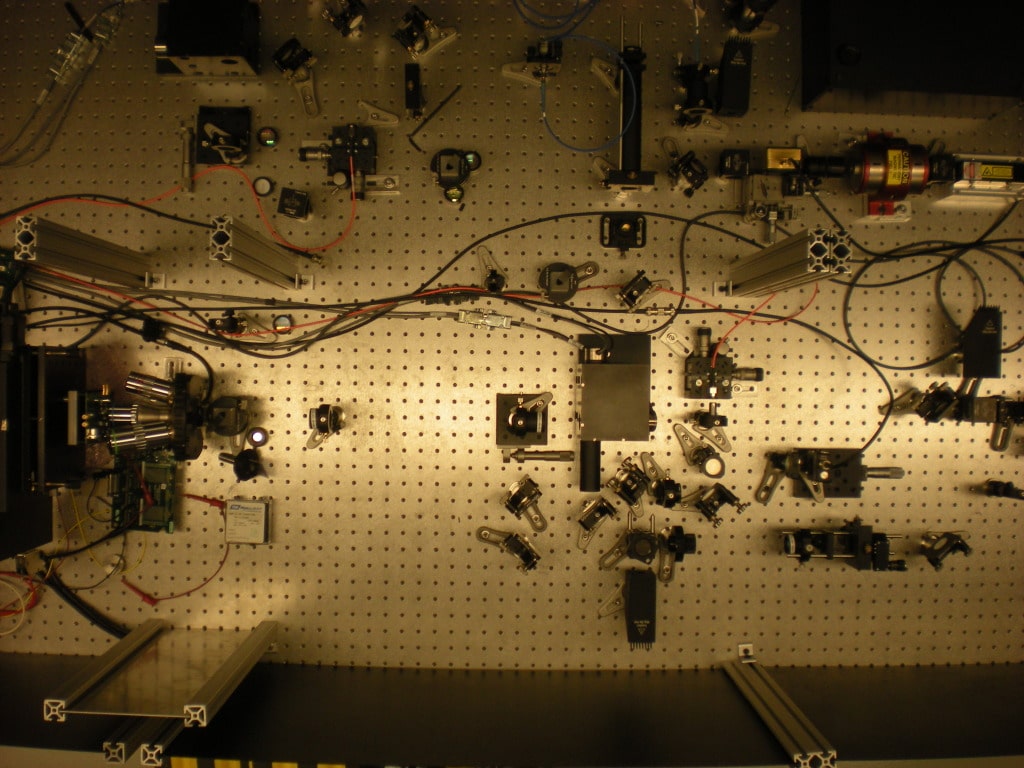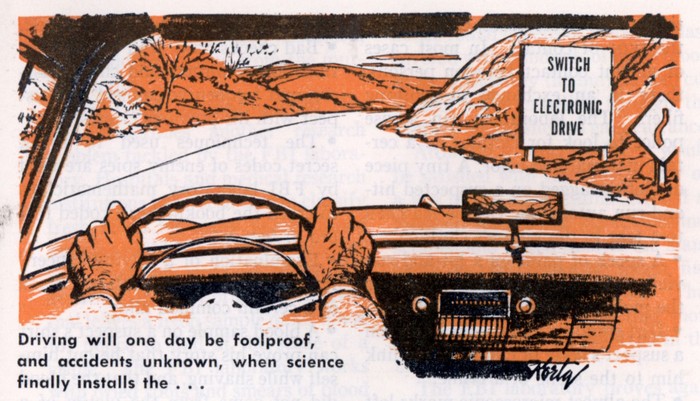The U.S. Defense Advanced Research Projects Administration (DARPA) announced on Wednesday that advanced software and equipment it developed to spot counterfeit microelectronics in U.S. weapons and cyber security systems has been handed over to military contractors to continue development. DARPA said the product of its Integrity and Reliability of Integrated Circuits (IRIS) program: the Advanced Scanning Optical Microscope (ASOM) technology was transferred to the Naval Surface Warfare Center (NSWC) in Crane, Indiana, where it will be used to inspect microelectronics for signs of tampering or compromise. The technology was developed with the help of SRI International, an IRIS contractor. Read more Security Ledger coverage of supply chain risks. “The ASOM technology housed at NSWC Crane will help engineers provide forensic analysis of microelectronics, including integrated circuits (IC) confiscated by law enforcement officials,” DARPA said in a statement. The DoD is a major buyer of integrated circuit chips, which are mainly manufactured outside the U.S. […]
DARPA
Building an Unhackable Autonomous Vehicle – CityLab
The folks over at The Atlantic have an intriguing take on the subject of “connected vehicles” and autonomous driving. Now this is a vision that we’ve been chasing for more than 50 years (consider all the technicolor “highway of tomorrow” films from the 50s and 60s). And we’re on the cusp of realizing it. Google’s self-driving car is racking up the miles and automated features like hands free cruise control and collision avoidance are making their way into production vehicles. As Alexis Madrigal at The Atlantic’s (cool) CityLab writes, however, there’s one major fly in the ointment when you consider the super efficient, algorithmically driven road of the future: humans. Specifically: Madrigal, in the course of writing an article on how to build an ‘unhackable’ car poses a scenario that I think is very likely: humans who subvert or otherwise game vehicle automation features to suit their own needs. Imagining the orderly procession […]
DARPA Competition Seeks Autonomous Systems for Cyber Defense
We all know that ‘layer 8’ – humans – are the biggest attack surface in any IT environment. Companies can invest millions to harden their networks and endpoints. But all attackers have to do is convince one user to open a fake credit card bill for $20,000 or click a “You won’t believe this video!” link on Facebook and its game over. Our human failings came into the spotlight, most recently, with the breach at Target. According to news reports, the retailer had advanced threat detection software by FireEye deployed that actually alerted staff to some of the malicious activity that signaled the start of that (epic) hack. Alas, Target’s IT staff in the U.S. dismissed the alerts, which were reported by a team working out of Bangalore, India. The result: 40 million credit card numbers were pilfered from Target’s network. That may be why the U.S. Department of Defense’s advanced […]
Big GOV Shift To Secure Cloud?
For those of us covering the cyber security beat, there haven’t been many feel-good stories coming out of the federal government in – well – forever. Even before the advent of nation state sponsored hacking, the news was mostly of the federal government’s bloated and unwieldy IT infrastructure, byzantine procurement systems and the difficulty of attracting top talent away from private sector employers who could offer more pay, more autonomy and a better working environment. Then came the gut wrenching display of offensive prowess by the U.S.’s main enemies – nations like China, Russia and Iran. Those stories started, in earnest, with news about operations like Titan Rain (in 2003) and continue to the present day. The problem has gotten so bad that the military’s preferred euphemism for Chinese hackers – “advanced persistent threat,” or “APT” has become part of the nomenclature of the IT security world far beyond […]
Vint Cerf: CS Changes Needed To Address IoT Security, Privacy
The Internet of Things has tremendous potential but also poses a tremendous risk if the underlying security of Internet of Things devices is not taken into account, according to Vint Cerf, Google’s Internet Evangelist. Cerf, speaking in a public Google Hangout on Wednesday, said that he’s tremendously excited about the possibilities of an Internet of billions of connected objects, but said that securing the data stored on those devices and exchanged between them represents a challenge to the field of computer science – and one that the nation’s universities need to start addressing. “I’m very excited,” Cerf said, in response to a question from host Leo Laporte. He cited the Philips HUE lightbulb as an example of a cool IoT application. “So you’re going to be able to manage quite a wide range of appliances at home , at work and in your car. Eventually, that will include things you’re […]





